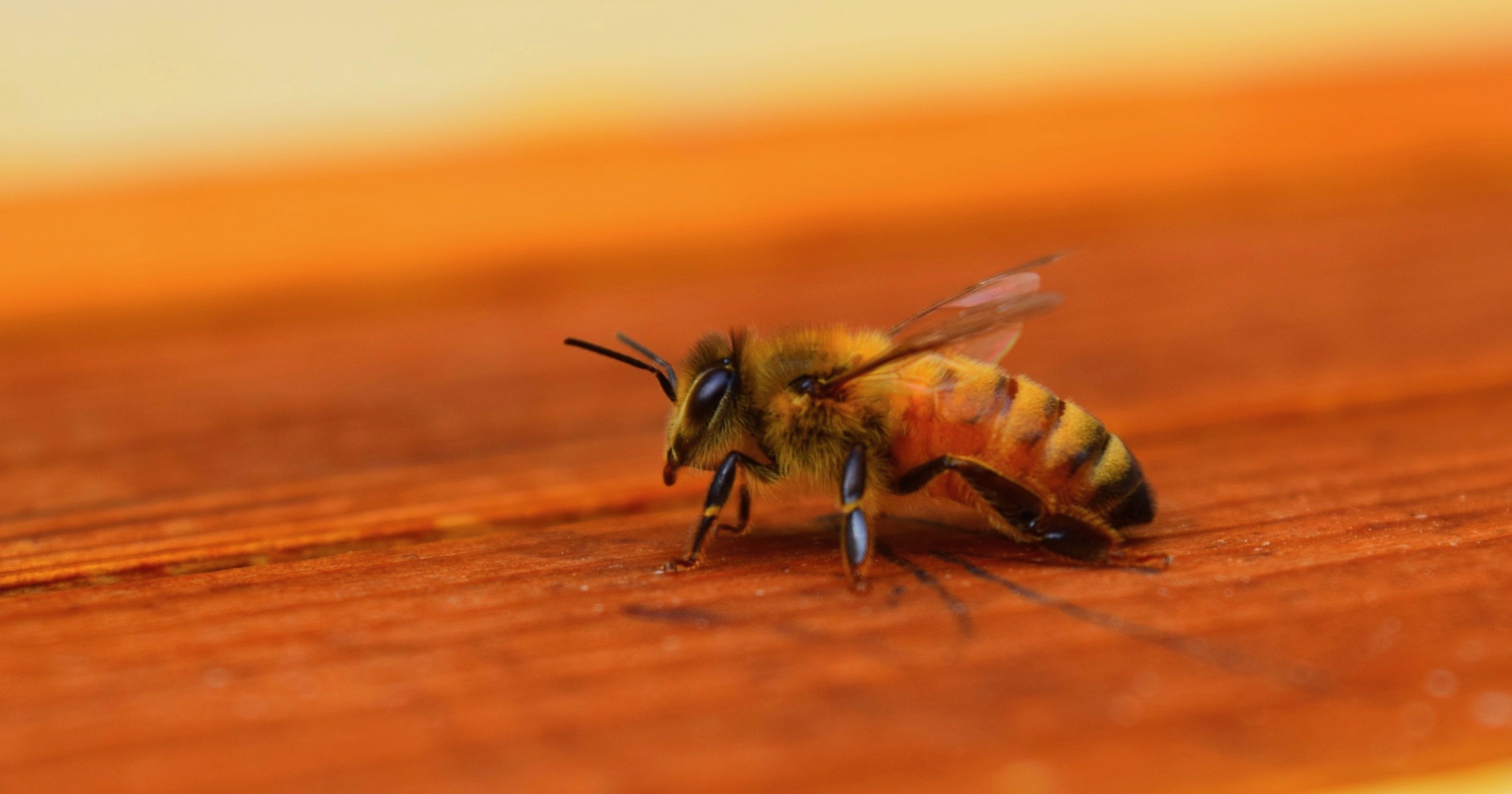 Intelligent Design
Intelligent Design
Put Some of This on That Wound, Honey

Honey is a remarkable substance. Consumed as food since antiquity, it is the icon of sweetness, which is why marriage partners use it to refer to one another. It has another wondrous property, though: protection from disease. Notice its amazing shelf life. Unlike most biological substances, one can leave honey in the cupboard at room temperature for centuries without it spoiling. Its antimicrobial property explains why Samson didn’t get sick when he tasted honey that a beehive had left in the carcass of a lion. The Asheville Bee Charmer boasts,
Do you have pure honey sitting around in your pantry that has been there for years? Maybe it’s changed color or crystallized. If you’re considering throwing it away, think again. You don’t have to toss that honey! Even if honey had been sitting on your shelf for 2,000 years, that honey would still be as good as the day you opened it. In a nutshell, well-stored honey never expires or spoils, even if it’s been previously opened. [Emphasis added.]
The Smithsonian mentions honey found in an Egyptian tomb that was still preserved. Why does this substance seem to have an eternal shelf life? Natasha Geiling writes in Smithsonian Magazine:
The answer is as complex as honey’s flavor — you don’t get a food source with no expiration date without a whole slew of factors working in perfect harmony.
Those factors include pH, viscosity, hydrogen peroxide, enzymes added by honeybees, and sugar. Honey is, essentially, sugar — but not your typical table sugar. A special sugar called methylglyoxal appears to be responsible for its antibiotic properties. A paper in PubMed says, “Relief of pain, a lower incidence of hypertrophic scar and postburn contracture, low cost and easy availability make honey an ideal dressing in the treatment of burns.”
Sugars are large, complex, branched molecules that are hygroscopic (they are dry but attract water), making them hard substances for bacteria to grow on. Research on sugars may propel the next biochemical revolution now that proteins and nucleic acids are well along in characterization.
Honey Antiseptics
Traditional folk medicine is a large subject commanding growing interest. Once science can separate the fables from the facts, replacing shamans with lab researchers, it becomes apparent that we are surrounded by plant and animal products that really work and can be accessed freely. The leaves of Moringa oleifera, for instance, have antimicrobial properties that can purify water in remote rural communities. Some herbal teas are effective against mouth sores and sore throats. The natural medicine for this article, honey, deserves more attention. A team of four scientists at the University of Zurich led by Anna Bischofberger ran some experiments on honey’s natural resistance to bacteria. They reported their results in bioRxiv, “Evolution of Honey Resistance in Experimental Populations of Bacteria Depends on the Type of Honey, and Has No Major Side Effects for Antibiotic Susceptibility.”
The authors pushed honey through rigorous challenges to try to break its antiseptic prowess. At the end, they succeeded — but only partially and temporarily. Once the bacteria of choice (E. coli) acquired honey resistance, they quickly reverted to wild type when the pressure was off. Michael Behe would be unsurprised to hear that the only way the E. coli survived the unnatural honey dose was by breaking genes. In particular, a mutation to the nemR gene led to increased detoxification of methylglyoxal in honey, and the clpP gene, a protease involved in breaking down misfolded proteins helped some of them make it through the honey obstacle course. Bacteria make some methylglyoxal of their own intracellularly, but they cannot handle the quantity of that sugar in honey unless their gene for detoxifying it breaks. Even so, the phenotype of the mutants were not stable, the authors note.
The first important implication of our results is that E. coli does not readily become resistant to honey, which is promising in the context of expanding medical use of honey. Previous studies also had difficulty in isolating mutants with stable honey resistance, and/or found that honey resistance phenotypes revert quickly in the absence of honey (Cooper et al., 2010). This is consistent with our observation that several putative resistant mutants from our single-step screen had unstable phenotypes, and some serially passaged populations that attained the ability to grow at increased honey concentrations subsequently lost this ability upon transfer to fresh medium (referred to by (Abdel-Azim et al., 2019) as second transfer crash (STC)). One possible explanation is that non-genetic changes such as persister formation or other morphological changes enable temporary population survival or growth in otherwise inhibitory concentrations. Consistent with honey inducing physiological responses that are not necessarily heritable, Brudzynski and Sjaarda (2014) observed morphological changes in E. coli cultures exposed to honey, including changes in cell shape filamentation.
Honey’s composition is a function of the pollen collected and the processing in the honeybee’s body. It should be expected, then, that some varieties will perform better at antisepsis than others. The authors tested four major types of honey against controls. Some did better, but the good news was that all of them performed well as antiseptics and could not be beaten after repeated rounds of “training” the bacteria to survive in the presence of honey. The researchers were glad to find also that there were no downstream side effects in the mutant bacteria; there was little to no crossover resistance to other antibiotics. This is good news, because worries about antibiotic resistance often concern the persistence and heritability of mutant genotypes.
Makers of medical honey products like MediHoney and SurgiHoneyRO will be encouraged by the results. Nothing is preventing a reader from doing a little citizen science at home: if you get two small cuts in the same day, apply honey to one bandage and a commercial antiseptic to the other. See which one heals faster.
Hero of the Story
Honey did not invent itself; it is a biological wonder made by honeybees. The manufacturing process involved, from hive to flower to honeycomb, involves design at many levels. The honeybee must have navigation and sensory equipment to find suitable nectar. It must collect the nectar and pollen and transport it back. An individual bee also has a “waggle dance” language to communicate the location to other bees. And the chemical processing inside the bee is “magical,” says Geiling in the Smithsonian article. She quotes Amina Harris, a pollination expert at UC Davis:
“Bees are magical,” Harris jokes. But there is certainly a special alchemy that goes into honey. Nectar, the first material collected by bees to make honey, is naturally very high in water — anywhere from 60-80 percent, by Harris’ estimate. But through the process of making honey, the bees play a large part in removing much of this moisture by flapping their wings to literally dry out the nectar. On top of behavior, the chemical makeup of a bees stomach also plays a large part in honey’s resilience. Bees have an enzyme in their stomachs called glucose oxidase. When the bees regurgitate the nectar from their mouths into the combs to make honey, this enzyme mixes with the nectar, breaking it down into two by-products: gluconic acid and hydrogen peroxide. “Then,” Harris explains, “hydrogen peroxide is the next thing that goes into work against all these other bad things that could possibly grow.”
Application
Sir Francis Bacon used a famous analogy to support his “new organon” of experimental science combined with logic and reason.
The men of experiment are like the ant, they only collect and use; the reasoners resemble spiders, who make cobwebs out of their own substance. But the bee takes the middle course: it gathers its material from the flowers of the garden and field, but transforms and digests it by a power of its own.
Make like a bee, ID advocate.
